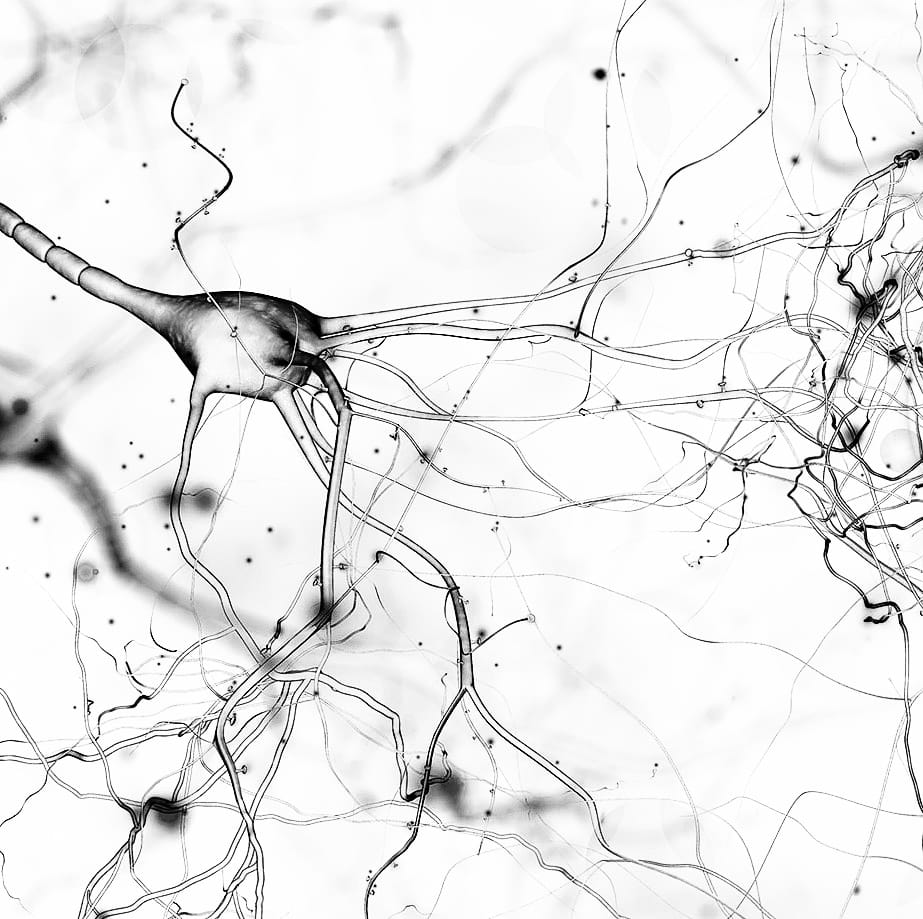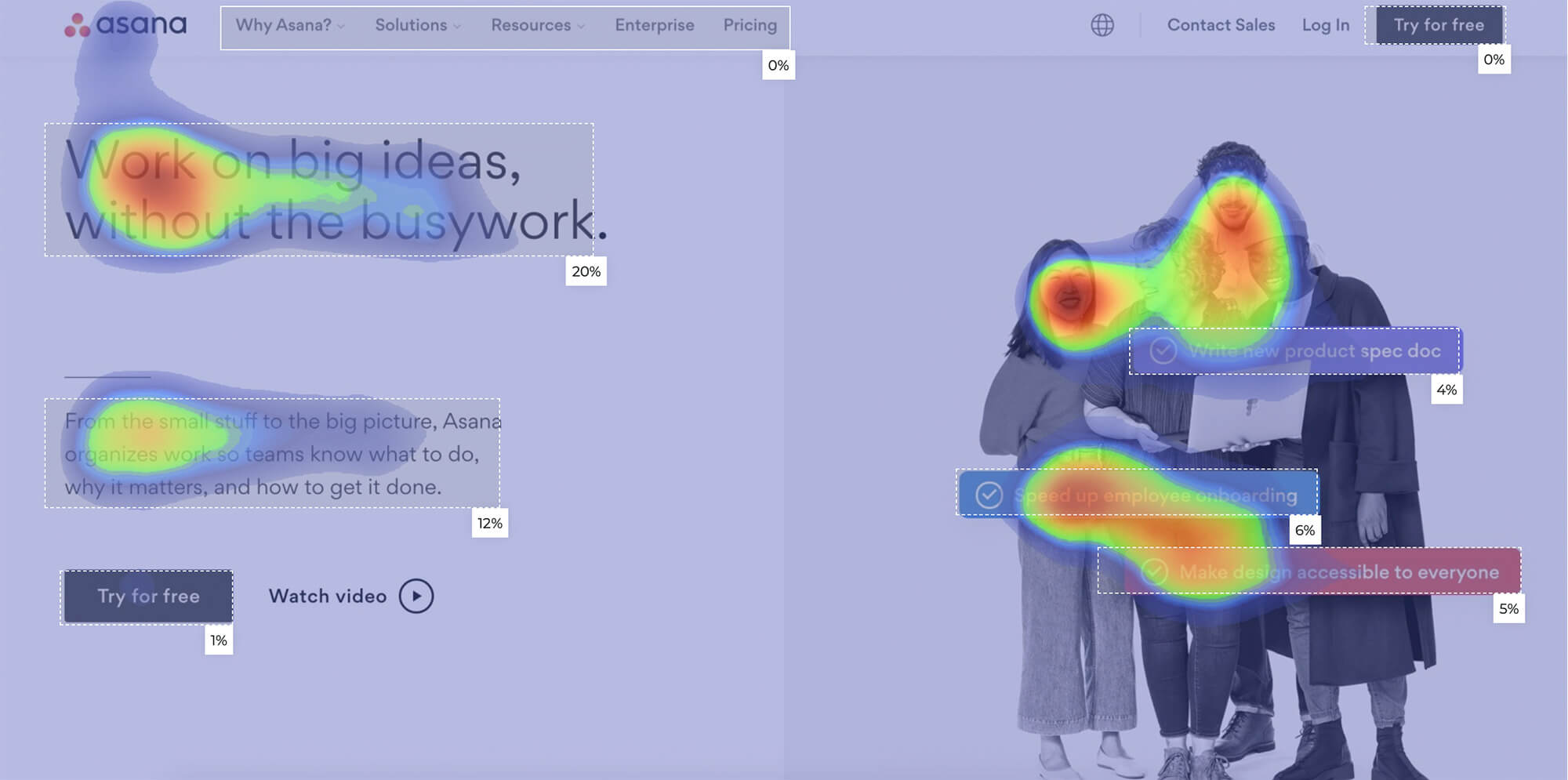Neuro Marketing

What exactly is neuromarketing? Neuromarketing is a new field of study that utilizes brain imaging technologies to understand consumer thinking processes. The aim of neuromarketing is to understand the relationship between the human brain and marketing. Neuromarketing methods are used to identify consumer reactions that are not visible through traditional market research techniques. Neuromarketing is a way of using brain science to improve marketing. It is a relatively recent area of research that uses neuroscience to understand how consumers make decisions. Neuromarketing can be used to develop more effective marketing strategies, as well as to better understand what happens in consumers' minds at different stages of the decision-making process.
It is a modern approach to marketing that evolves with the rapid development of technology, but it also raises ethical questions about manipulating consumers without their knowledge. Advanced neuroimaging techniques have brought a new dimension to brain function research. They are not only used in clinical practice but also enable safe observation of brain activity during various mental operations, ushering in an era of unprecedented insights into consumer behavior. One of the most popular tools in neuromarketing is:
- Functional Magnetic Resonance Imaging (fMRI) allows observation of which parts of the brain are active during specific activities. This technique relies on the magnetic properties of atoms that make up brain tissue cells. It is entirely safe and non-invasive.
- Electroencephalography (EEG) examines the brain's electrical activity. EEG involves placing electrodes on the head and recording brain activity, changes in electrical potential on the skin surface, using an encephalograph.
- Magnetoencephalography (MEG) records the magnetic field generated by the brain. Signals are detected by highly sensitive magnetic field meters placed near the skull. It is used in neuromarketing studies to determine the functions of specific brain centers and in clinical diagnostics during neurosurgical operations.
- Galvanic Skin Response (GSR) measures changes in the skin's electrical conductivity, which can reflect emotional arousal and physiological responses to stimuli. It is often used alongside other neuroimaging techniques to provide a more comprehensive understanding of consumer reactions.
- Functional Near-Infrared Spectroscopy (fNIRS) monitors changes in blood oxygenation levels in the brain in the same way that fMRI does, but with infrared light. It has portability and cost advantages over fMRI and can be used to research brain activity in more naturalistic circumstances.
Understanding how people make decisions is important because it helps understand what they think and feel. This helps you find out why they might want to buy your product or service, and then design your marketing materials accordingly. You can even use information from neuromarketing research to improve your overall marketing strategy, making it more persuasive and effective. Neuromarketing is not a replacement for persuasion, but rather an extra tool in the advertiser's toolkit. It is important to use both techniques together to maximize the effectiveness of your marketing efforts.
Neuromarketing is a field that focuses on understanding the brain to influence customers' purchasing decisions. It is no surprise, then, that it faces a lot of criticism. For years, people have been questioning the ethics of the methods used. It is important to remember that the use of neuromarketing techniques for selling products and services is still in its early stages. This field has not been fully explored yet, and there are many ethical issues that need to be addressed. One of them is the issue of privacy. With brain imaging, marketers can learn about many private matters concerning the subjects, which they may not necessarily want to reveal. These could be preferences or feelings unrelated to the product being introduced to the market but could still be used by marketers to influence which marketing campaigns are executed.









